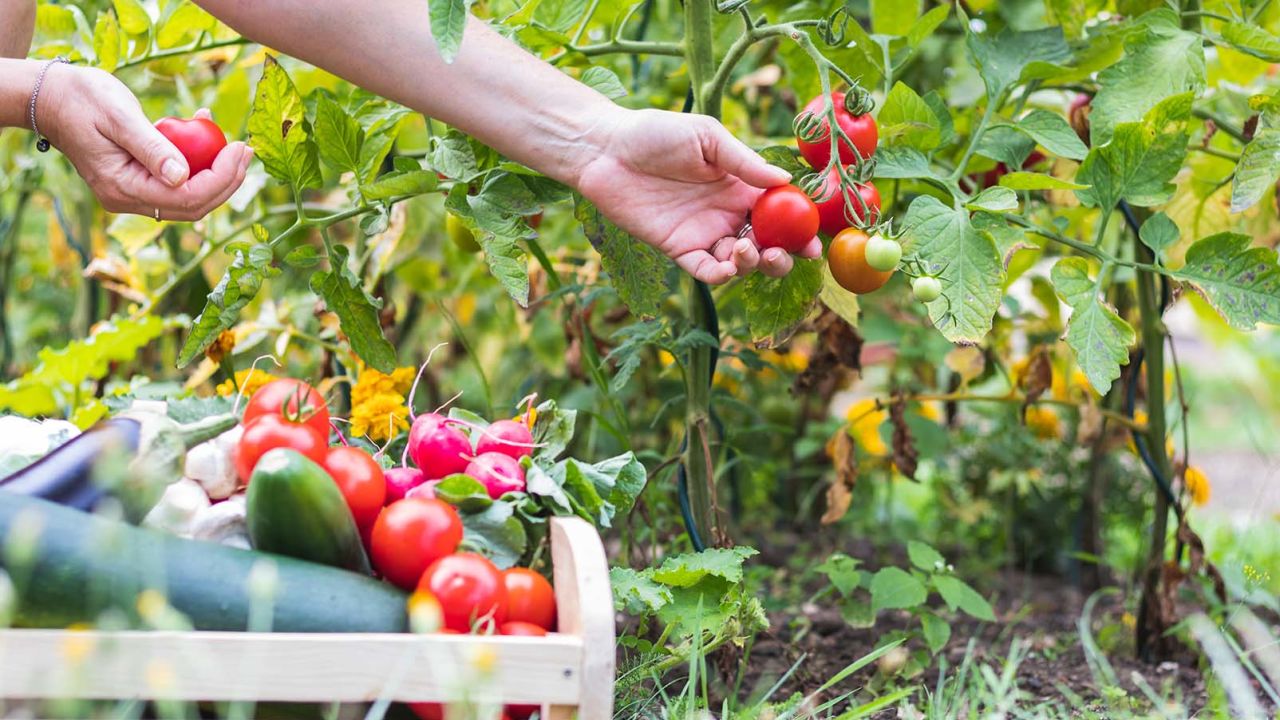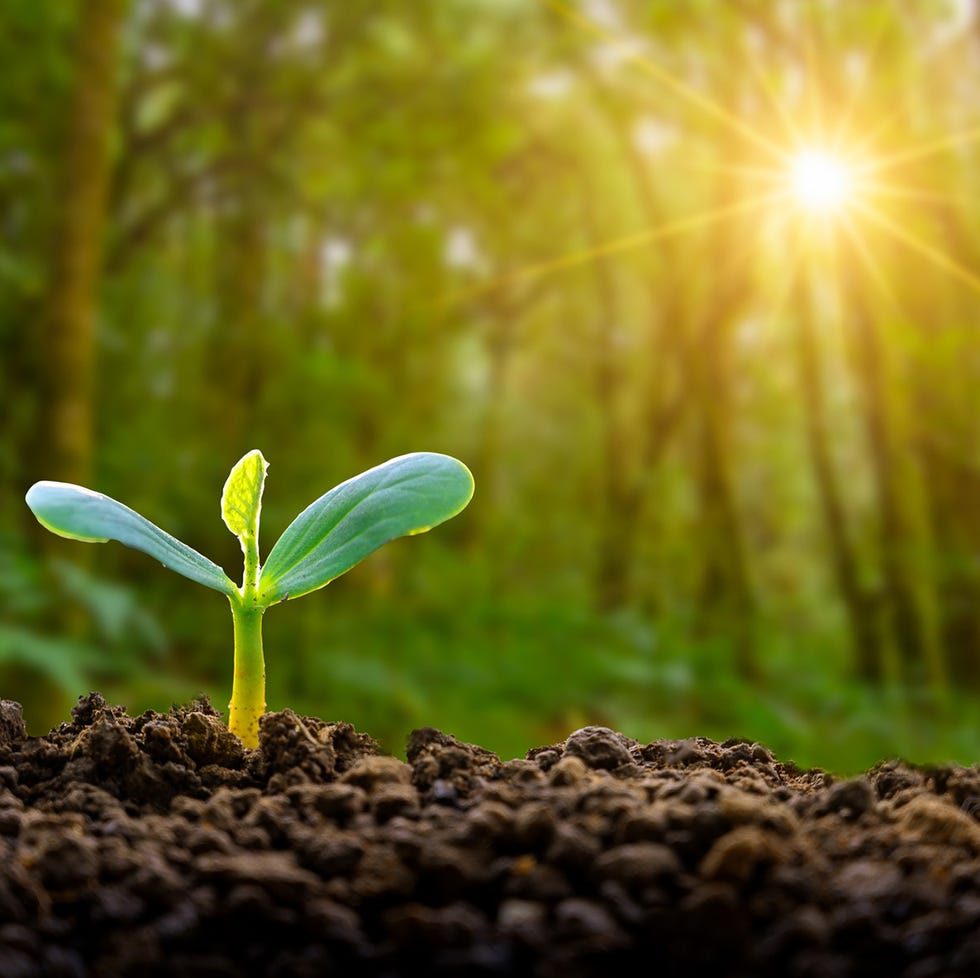New to Gardening? Unlock the Keys with our Newbie Gardening Tips
Wiki Article
From Novice to Environment-friendly Thumb: A Step-by-Step Trip With the Art of Gardening

Recognizing Your Horticulture Area
To begin your horticulture trip, it is crucial to recognize the distinct features and constraints of your gardening area. Are there any type of specific challenges you may face, such as poor dirt quality or limited water availability? Comprehending these factors will assist you make informed choices about the kinds of plants that will certainly flourish in your space.Take into consideration the dimension of your gardening area. If you have a small space, you may need to concentrate on container gardening or upright gardening to maximize your expanding area. On the other hand, if you have a huge area, you have the high-end of planting a variety of plants and developing various zones within your yard.
If your area is shaded, you can choose for shade-loving plants like ferns or hostas (newbie gardening). If your area obtains full sun, you can grow a vast range of plants, including herbs, blossoms, and veggies.
Lastly, consider any kind of difficulties or restrictions specific to your room. You may need to modify it with compost or choose plants that are tolerant of less-than-ideal conditions if your dirt quality is inadequate. You can choose for drought-tolerant plants or implement water-saving methods like mulching. if water is limited.
Selecting the Right Plant Kingdoms for Your Yard
Select plants that are fit to your garden's distinct problems and your personal choices. When choosing plants for your garden, it is crucial to take into consideration aspects such as sunshine, dirt kind, and climate. Some plants favor well-drained dirt, while others prosper in clay-like or damp dirt.An additional essential element to take into consideration is your individual choice. Do you choose a garden full of vivid flowers, or are you a lot more thinking about growing natural herbs and vegetables? Consider the purpose you desire your garden to serve and the aesthetic you desire to attain. It's likewise worth taking into consideration the maintenance degree of the plants you pick. Some plants need more care and interest, while others are extra low-maintenance.
Preparing the Dirt for Planting
First, assess the condition of your soil to identify if any renovations or changes are required. The top quality of your dirt is crucial for the success of your yard. Beginning by examining the structure of the dirt. Is it sandy, loamy, or clayey? Sandy soil drains pipes rapidly, while clayey soil maintains water. Loamy dirt is the perfect equilibrium between the two. Next, examine the pH degree of your soil. Many plants like a somewhat acidic to neutral pH, around 6.0 to 7.0. You may require to readjust it making use of soil amendments such as lime or sulfur if your dirt is also acidic or alkaline. Furthermore, you must consider the vitamins and mineral content of your soil. If any type of crucial nutrients are doing not have, Conduct a soil examination to establish. This will help you determine which plant foods or raw material to include. Finally, ensure that your soil is well-draining. Inadequately drained pipes dirt can cause waterlogged roots and other plant health concerns. If necessary, enhance drainage by adding raw material like garden compost or peat moss. By evaluating and making needed modifications to your soil, you can create an optimal environment for your plants to prosper.Nurturing and Maintaining Your Garden
Make certain to sprinkle your plants deeply, enabling the water to pass through the dirt and reach the origins. Routine weeding is also important to maintain your yard cost-free from unwanted plants that compete for nutrients and space. Frequently evaluate your plants for any indicators of invasion or illness and take prompt action to avoid additional damage.Troubleshooting Common Horticulture Issues
If you discover eaten leaves or plants that are shriveling for no noticeable reason, you might have a pest invasion. If your plants have yellow or blemished leaves, they might not be getting adequate nutrients. Get rid of affected plants and deal with the staying ones with natural fungicides or chemicals.Final Thought
Congratulations! You have actually efficiently completed the trip from newbie to eco-friendly thumb in the art of gardening. By comprehending your horticulture area, selecting the right plants, preparing the dirt, and supporting your yard, you have actually gotten over common horticulture issues like a pro. Now, equipped with understanding and experience, you prepare to enjoy the beauty and wealth of your prospering yard. Maintain the magnum opus and continue to grow www.newbiegardening.com/ your eco-friendly thumb!
When selecting plants for your yard, it is vital to consider aspects such as sunlight, soil kind, and environment. Some plants favor well-drained dirt, while others flourish in damp or clay-like soil (newbie gardening). By understanding your gardening space, picking the right plants, preparing the dirt, and supporting your garden, you have actually gotten rid of common horticulture issues like a pro
Report this wiki page